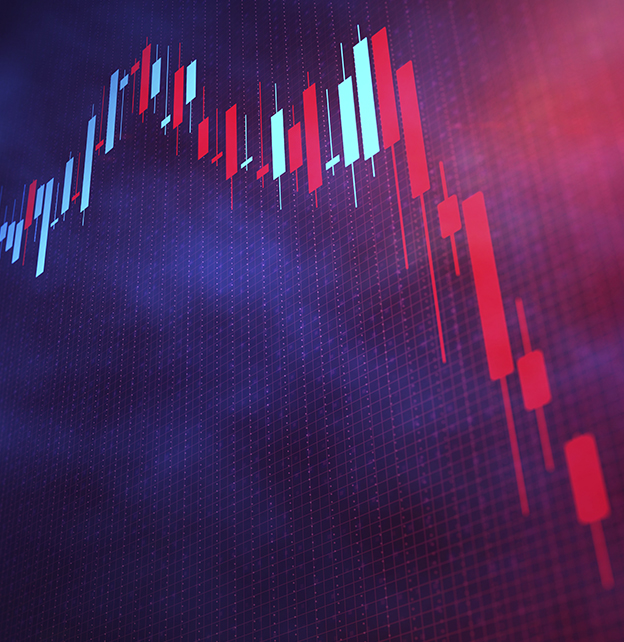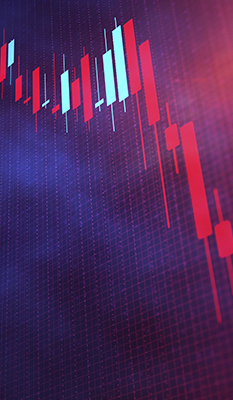Solutions
Double click here to edit new New Header component
-
Solutions
-
SOLUTIONS
Barclays Investment Bank offers advisory, finance and risk management services that connect your ideas to capital and power possibilities.
-
-
Insights
-
INSIGHTS
View thought-leading perspectives from Barclays Investment Bank’s financial experts and Research analysts.
-
-
News and Events
-
News and EventsNEWS AND EVENTS
Get the latest news about Barclays Investment Bank businesses, people and our work in the community, as well as our upcoming events and conferences.
-
- Contact Us
-
Client Login
- Barclays Live
- BARX
Client Login
Parsys 1
Double click here to edit Hero Media component
RESEARCH | 3 POINT PERSPECTIVE | MACRO SHIFTS
Q1 2023 Global Outlook: Living with shock and awe


Parsys 2
Double click here to edit Go To Section component
Go to Section
Parsys 3
1. Next year will be a long, hard slog
2023 may well be one of the slowest years for global growth in decades. Our analysts expect the world to grow at 1.7% next year, a big slowdown from the 6%+ growth of 2021 and a significant drop from the 3.2% growth expected for 2022. Inflation will likely fall slowly, with consumer prices worldwide rising at a 4.6% average next year.
Advanced economies are heading into a recession, led by the euro area and the UK. But the US will also likely contract across 2023, as the lagged effects of a super-fast hiking cycle finally hit the economy. Our analysts forecast below-consensus 3.8% growth in China, given a slow move away from zero-COVID policies and a sluggish property sector, though they note that some recent initiatives are encouraging. India looks like a rare bright spot, but the economy is not large enough to change the overall global growth outlook.
Global growth to slow well below long-term averages
2. Major central banks will remain restrictive even as economies contract
The Australian, Canadian, and European central banks have all moved to, or hinted at, a slower pace of tightening. But the policy changes unleashed by central bankers this year are not reversing quickly.
For one thing, the data that really matter are not cooling quickly enough, despite the latest CPI report. Inflation in the euro area rose to 10.7% in October, for example, well above expectations. US wages and inflation are still uncomfortably high. And jobless rates in the US, Europe and the UK are very low. Even if central banks stop hiking early next year, they might have to hike further later in the year.
And more critically, a pause is not a pivot – consider the US. As 2022's hikes hit the economy in 2023, the Fed expects the jobless rate to rise to 4.3%, along with a 4.6% funds rate. Our analysts forecast a 4.8% jobless rate in 12 months and a 4.5% fed funds rate. Regardless of which forecast is correct, one fact seems inescapable: the US will see large job losses, yet Fed policy will be very restrictive.
If 2022 was the year of policy “shock and awe,” 2023 will be the year of living with it.
Upward revisions to the Fed’s inflation projections…
The figure shows quarterly PCE inflation (% y/y) in dark blue, along with different vintages (in light blue) of the FOMC's PCE inflation projections (Q4/Q4), from September 2021 to September 2022.
...result in big changes in fund rate projections
The figure shows quarterly fed funds rate in dark blue, along with different vintages (in light blue) of the FOMC's funds rate projections (Q4), from September 2021 to September 2022.
3. Our Research analysts are negative on risk assets, for a fourth straight quarter
Despite 2022’s drawdown, our analysts believe that global equity markets have room to drop further. They observe that US stocks tend to bottom out 30-35% below peak in the middle of a recession. That suggests fair value of 3200 on the S&P500 sometime in H1 23. European valuations look more reasonable, but that is offset by a considerably worse macro outlook than in the US.
Bonds have massively underperformed equities in 2022, and our analysts now see limited downside in longer US fixed income. If forced to choose between stocks and bonds, they would be overweight core fixed income over equities.
But cash should be the real winner of 2023, with US front-end yields likely to go to 4.5% or higher and stay there for several quarters. The ability to earn over 4% while taking virtually no risk is a factor that should drag on both stock and bond markets next year.
Parsys 4
Double click here to edit Banner component

Double click here to edit Experts Panel Card component
About the experts

Ajay Rajadhyaksha
Global Chairman of Research

Amrut Nashikkar
Managing Director, Fixed Income Strategy
Parsys 5
iParsys for Double Pixel component



